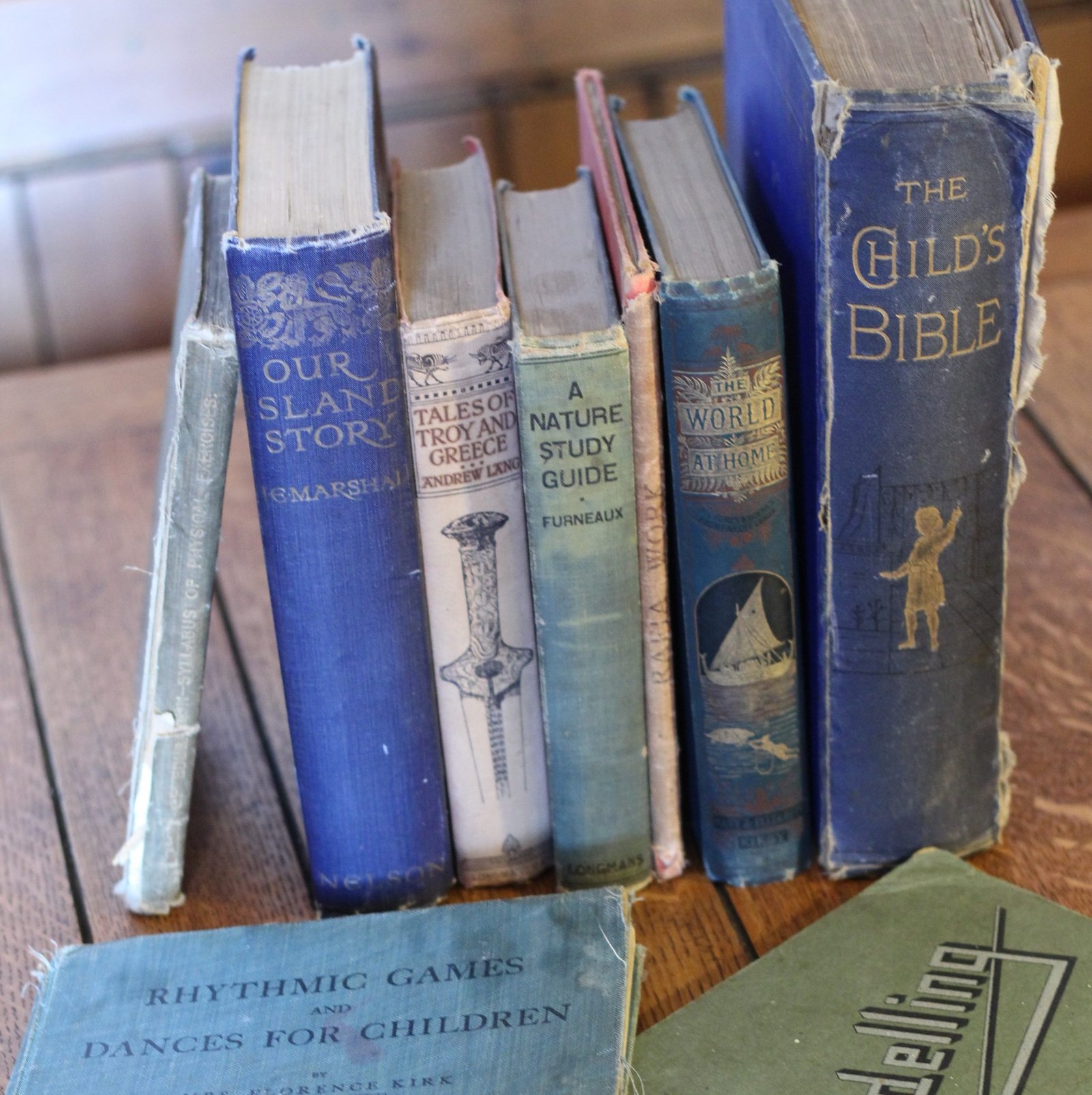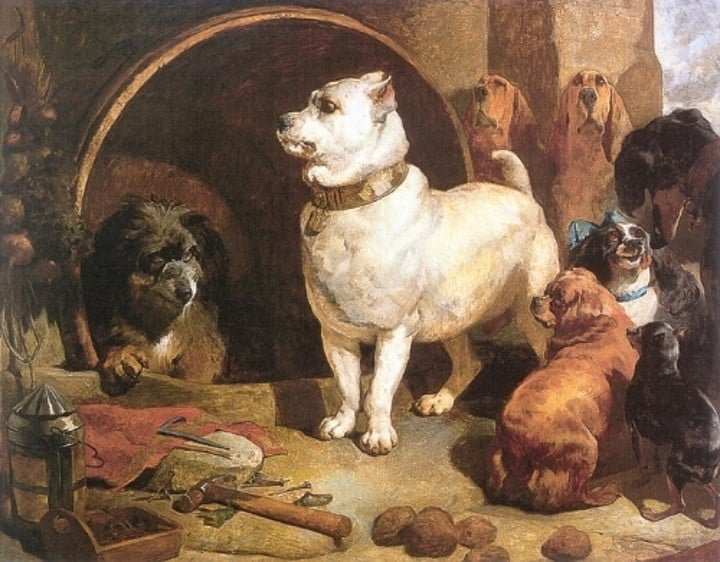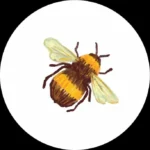A Short History
When the Parents’ Union School1 (P.U.S.) was founded in the late nineteenth century Charlotte Mason sorted the students into four classes based on their age. Class I and Class II were further distinguished by the letter A for the youngest in the form and the letter B for the students in the Upper echelons of the class.
It wasn’t until 1915 when the classes became forms and Forms V and VI were added to the programmes2 (it is important to note, however, that the classes did not directly transition into forms); and in addition to these changes the meaning of the letters A and B changed too! The younger students in the form were now classed as “B” and the older ones were “A”. [Think “B” for “beginner”, and “A” for “advanced”.]3 This is why when you read Home Education or School Education Miss. Mason appears to have the “A” and “B” references mixed up. You will notice, however, that in Towards a Philosophy of Education, she has switched to their usage as we commonly understand it today.
Form to Year Comparison Chart: How Do Forms Compare to U.K. School Years?

A Form Synopsis
As already described, Charlotte Mason divided her pupils up into forms by age.
- The Playroom Class was established in the Practicing School ((The Practicing School was established for students of the Charlotte Mason College to put their teacher-training into practice; they followed the work of the P.U.S.)) circa 1924 (approximately a year or so after Miss Mason’s death) and was so-called to distinguish it from any ideas of ‘school’ in the sense of lessons, timetables, examinations, organised games, and the like.4
- Compulsory School Age in the United Kingdom was five during Charlotte Mason’s time, just as it is today, and the Practicing School had a Preparatory Class for children of this age. This class was very much a transitional period between the younger children in Playroom and the older children beginning lessons in the Main School.
- Students were not admitted into the Main School until their sixth birthday, after which they would enter the first year of Form I, known as Form IB. There are three years in Form I. The first year is IB and the second and third years are classed as IA.
Second Form is exactly the same set up: Form IIB (1 year), and Form IIA (2 years)
- By the time students enter Form III they are half way through their school education and are embarking on increasingly more independent work. There are 2 years in Form III.
- Form IV is very much a transitional year before the really advanced work begins. There is just one year of work in this form.
- Form V is two years, at the end of which students could take the Cambridge School Certificate Examination. Of significance is the fact that the syllabus for the examination was worked into the programme for the form. Charlotte Mason believed that it was important that the students were not denied the chance to gain this qualification.5
- Form VI is the final year of their “school” education but only the start in terms of their life-long education. Miss Mason said of Form VI that “I feel one of the joys of the Sixth Form is that there the girls can go on with the subjects they are most keenly interested in — subjects they have been longing to have time for — and freedom of choice is one of its characteristics.”4
Printables
Footnotes
- Initially named the Parents’ Review School, this was a correspondence school. Parents who wished to teach their children using Charlotte Mason’s methods, joined the P.U.S. and received fresh programmes each term. [↩]
- ‘A Local Habitation and a Name’, by Maud Marsden (P.U.S. Diamond Jubilee Magazine, 1891-1951). [↩]
- As far as I know Charlotte Mason never described the A and B in this way. This is just a useful way to remember how the letters are used. [↩]
- ‘Children Up to School Age and Beyond’. [↩] [↩]
- ‘A Liberal Education for All’. [↩]







